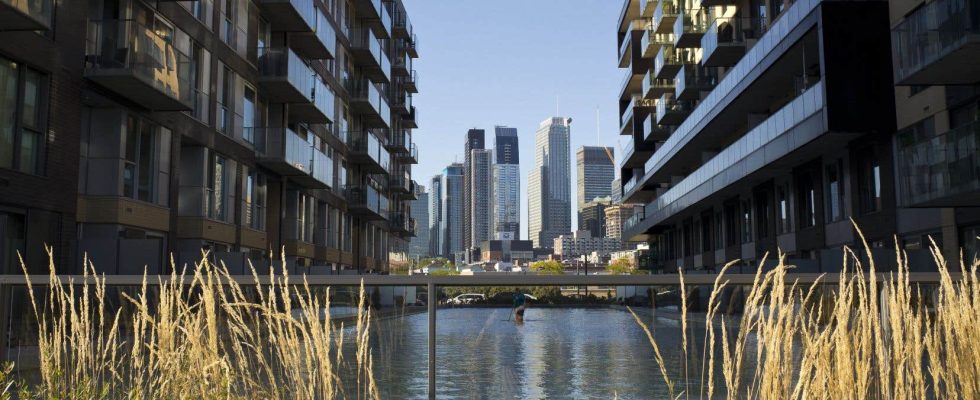Since the start of the housing crisis, we have named many obstacles to urban development: inflation, labor shortages and unproductive barriers in construction, excessive bureaucracy… However, the elephant in the room remains beauty, a crucial aspect of acceptability that we talk too little about.
From the outset, let’s highlight a little-known and astonishing fact: with current zoning, it would be impossible to reproduce the most attractive neighborhoods in Quebec. Indeed, emblematic places like the Plateau Mont-Royal or Old Quebec, whose beauty delights its residents and attracts crowds of tourists, could not emerge today. They would be blocked by technical restrictions such as permitted uses, number of floors or footprint. Zoning is often seen as a beneficial protective tool, but when it proves too restrictive, it can also stifle creativity and prevent the reproduction of living — and magnificent — environments!
In the discussions that animate urban planning advisory committees, beauty is never explicitly named, dismissed under the pretext that it is too subjective a criterion. However, it is mainly through this familiar prism that citizens evaluate projects. If the beauty of an architectural style requires an explanation, it is likely not obvious. Basically, beauty constitutes a more objective criterion than we believe and which, when neglected, becomes a major obstacle to social acceptability.
Ironically, during public consultations, civic debates often crystallize around the number of floors. However, sometimes an additional floor transforms a mundane project into a distinctive work. The explanation is simple and straightforward. Making vertical space profitable gives developers the means to favor quality materials, to play with volumes and to include interesting architectural elements on the facades. In short, it allows you to pay attention to detail. Conversely, limiting the height too much encourages the emergence of monolithic blocks, without greening and without room for embellishment.
What follows is a vicious circle that is difficult to break. Ugliness creates a lasting deleterious effect, an indelible apprehension in the face of new development projects.
Let us counter this trend by promoting projects which not only improve the current quality of life through attractive architecture and a mix of uses, but which also honor our commitments to future generations. As Maxime Pedneaud-Jobin said: “we are building for a hundred years” Heritage is not just a vague echo of the past, it is also a legacy to be shaped, which we hope is worthy of protection.
We sometimes forget to what extent being immersed in a beautiful, green and lush setting influences our well-being. In this regard, environmental inequity between rich and poor neighborhoods is frequently mentioned. We talk less often about the imbalance of beauty. The current shortage of affordable housing presents a golden opportunity to redress the balance. Around the world, several examples demonstrate that it is possible to build housing that is both affordable and aesthetic. The major project which is starting here should constitute further proof.
Urban planning will always divide, because it sits at the heart of tensions between the individual and the collective. Moreover, in the United States, curious acronyms designate the two camps of the “Not in my backyard” phenomenon, namely the NIMBYs (“NIMBYs”). not in my backyard ), who abhor development, and YIMBYs (“ yes in my back yard “), who applaud him. Obviously, it seems that a third group could complete the nomenclature: the “ picky YIMBY »that is to say people who are a priori favorable to development, but demand high standards, without compromise.
Development is inevitable, but interesting buildings are not. Let us beautify development rather than systematically opposing it or blindly supporting it.
